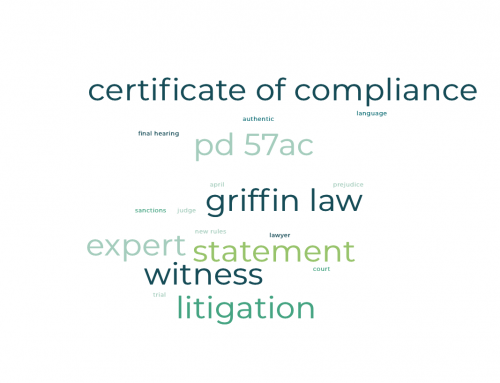The High Court has granted an application for an order under CPR 25.1(1)(g) directing a party to provide information about assets held by a trust that might be the subject of an application for a freezing order. The court confirmed the two-stage approach to such applications:
- Has the jurisdictional threshold been crossed? That is, are there assets which are, or may be, the subject of an application for a freezing injunction? This threshold is lower than that for freezing assets. There only needs to be credible evidence and a reasonable possibility of an application for a freezing order. Risk of dissipation of assets does not need to be shown on the balance of probabilities.
- Is it just and appropriate to grant the relief sought in all the circumstances?
In this case, the jurisdictional threshold was met as the court was satisfied that there might well be a freezing order application depending on what the disclosure showed about the trust assets. There did not seem to be a dispute that a debt was owed and that it was guaranteed by the trust. The launch of arbitration proceedings against the trustee suggested that the applicant would apply for a freezing order and it was likely that that had a credible basis.
As to the exercise of discretion, it was an appropriate case for the relief as there was a lack of clarity about what assets were in the trust to satisfy the guarantee and the applicant needed this information in order to make an informed decision about whether or not to seek freezing relief. It would be significantly prejudiced if it had to wait any longer. There was no real prejudice to the respondent as he had already agreed to show the assets of the trust and purported to do so when agreeing to the guarantee. (Gerald Metals SA v Timis [2016] EWHC 2136 (Ch).)
RCJ Court Associates to approve and seal certain Tomlin orders (Chancery Division)
On 23 September 2016, HMCTS gave notice that, from 3 October 2016, Court Associates of the Royal Courts of Justice, Rolls Building, will be able to approve and seal Tomlin orders in accordance with CPR 40.6(3), if certain conditions are met, namely:
- The order is headed “Tomlin Order”.
- The order concerns a claim for money (meaning debt or damages, including any interest and costs)
- No other relief has been sought.
- The request for dealing includes a solicitors’ statement with specified wording certifying that no ancillary relief has been sought at any time.
- The proceedings are stayed without any time limit, and not discontinued or dismissed.
- None of the parties are acting in person, or are protected parties.
- The order includes permission to apply.
- The order refers to an attached schedule, or to a dated schedule/agreement which may be confidential and which is held in a specified place.
Helpfully, the note also sets out the correct form of wording for a Tomlin order.
The note also details other types of order that Court Associates will be able to approve and seal under this rule including, for example, orders for oral examination (if a judge is not required to conduct it) or for payment out (by consent) of money paid into court.
We understand that this note only applies to the Chancery Division.




![The role of a sole director in a private limited company following Hashmi v Lorimer-Wing [2022] EWHC 191 (Ch) and Active Wear Limited [2022] EWHC 2340 (Ch).](https://www.griffin.law/wp-content/uploads/2022/03/GL-vert-onblue-500x383.png)
